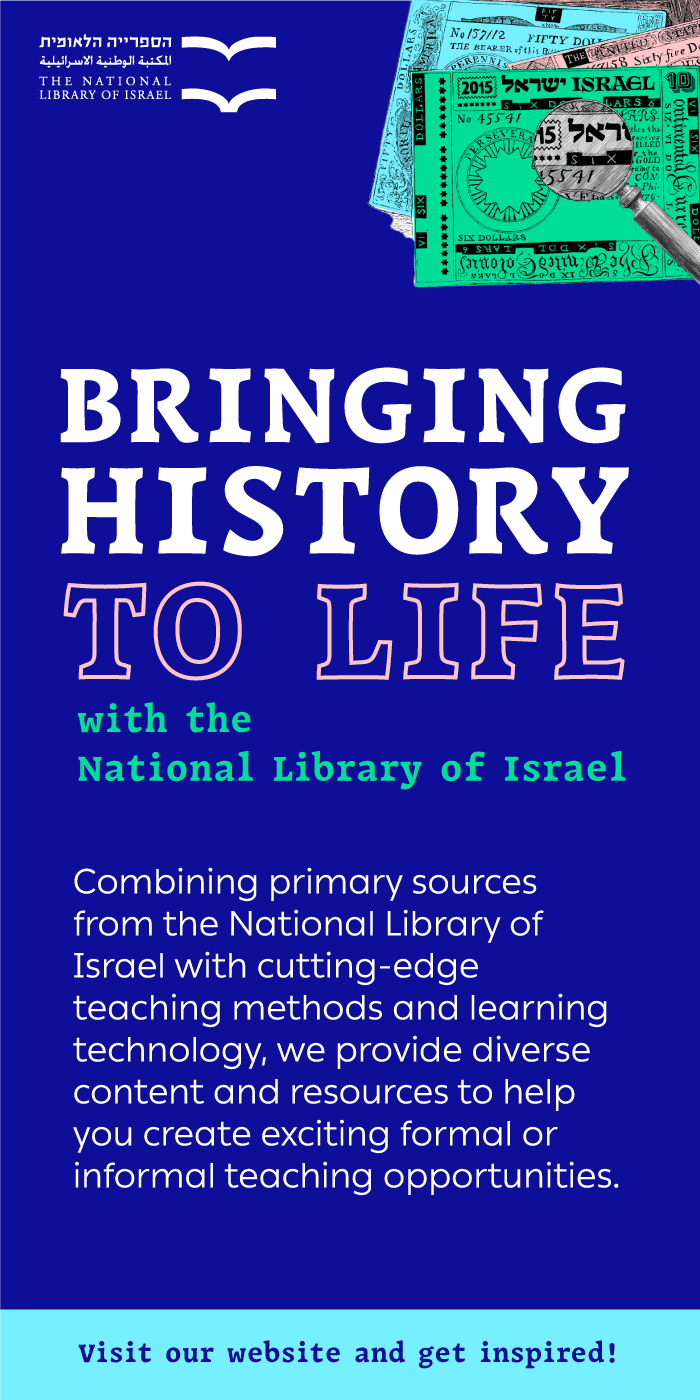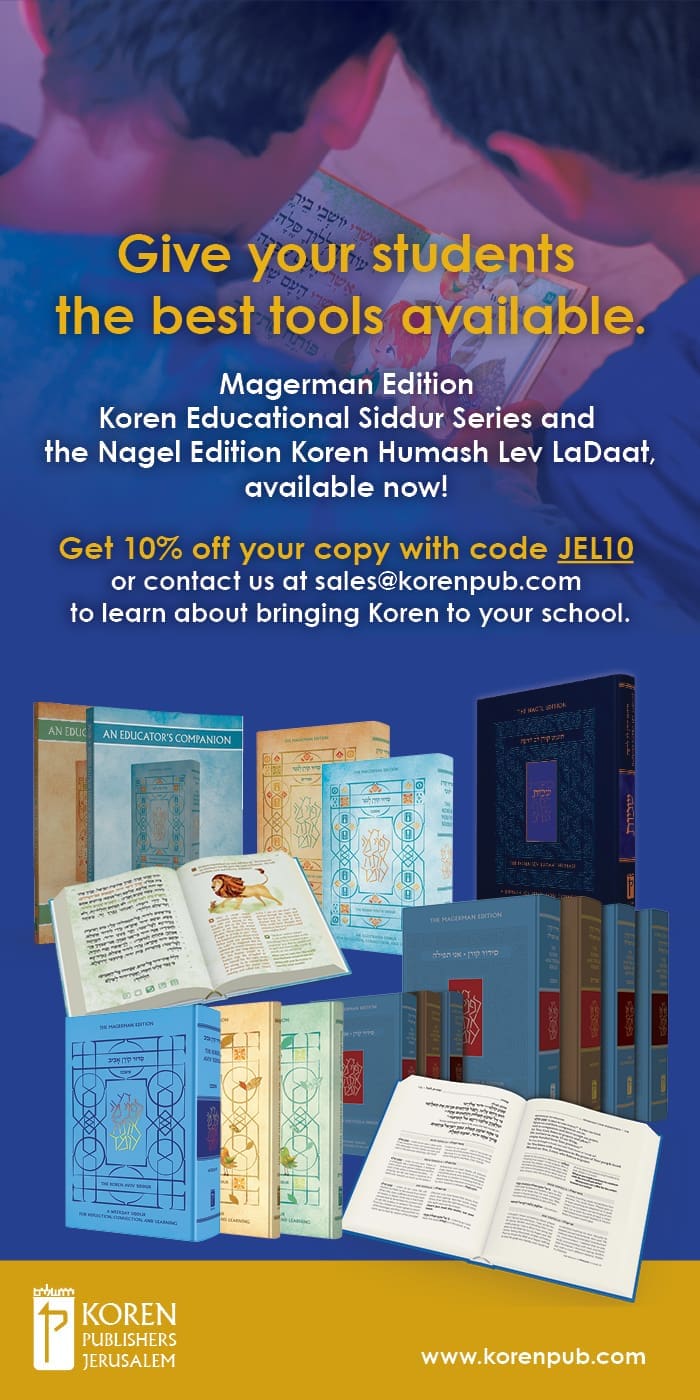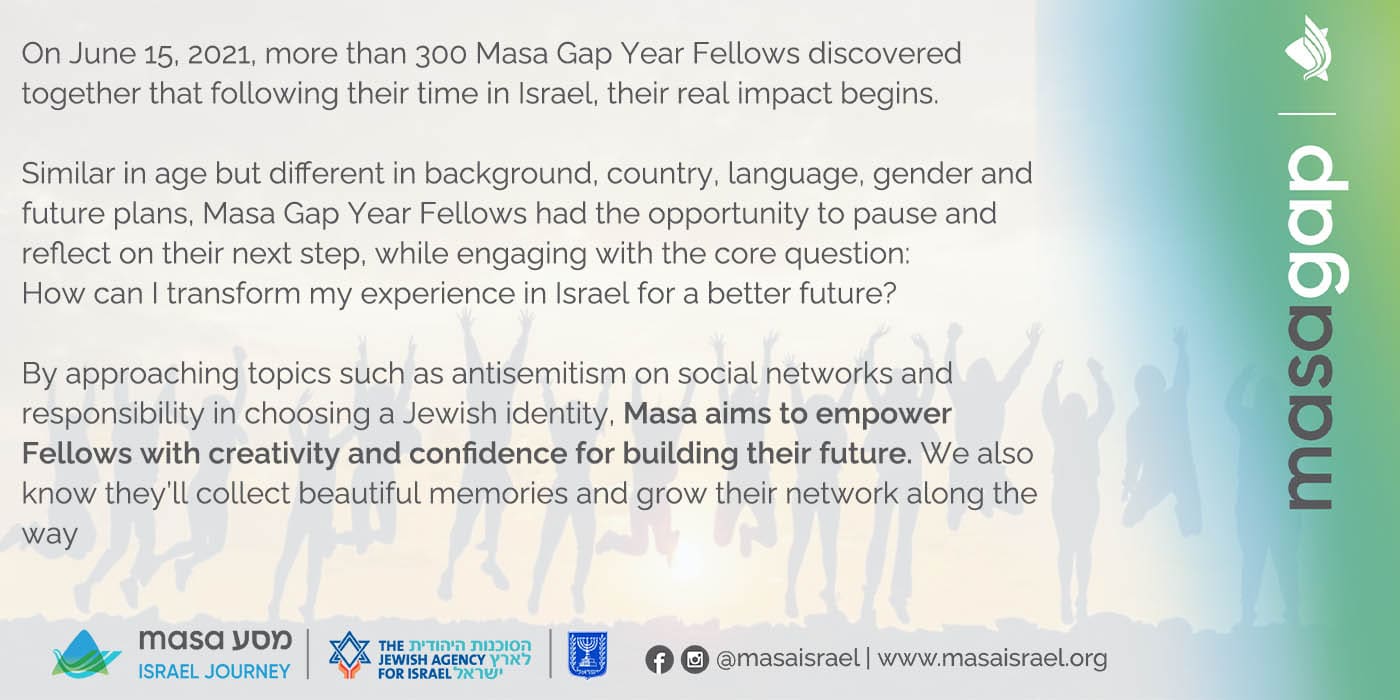The Urgency of Teaching for Uncertainty: Opportunities and Challenges for Jewish Educators
One of the most certain features of the COVID-19 period is the unprecedented level of uncertainty in our lives. Uncertainty is all around us, as the COVID-19 pandemic has heightened uncertainty over our physical and mental health, the economy, relationships, education, employment, and finances. As human beings, we crave a sense of security. We want to feel safe and maintain a sense of control over our lives. Uncertainty leaves us feeling diminished, stressed, anxious, and powerless. Uncertainty drains us and traps us in a downward spiral of endless “what-ifs” and worst-case scenarios.
Well before the current pandemic, it was clear that while we may not wish to acknowledge it, uncertainty is a natural and unavoidable part of life. On some level, we know that very little about our lives is constant or totally certain, and while we have control over many things, we can’t control everything that happens to us. The coronavirus outbreak has emphasized that life can change quickly and unpredictably. The COVID-19 pandemic is changing—or has already changed—our collective computation of uncertainty in ways that we could not have imagined a year ago. The need to educate students about constructive ways to embrace uncertainty will definitely extend beyond the current pandemic, and will increasingly become a key educational goal in the coming years.
Challenges for Classroom Teachers
Like most people, teachers do not like the messy nature of uncertainty—it is confusing, intimidating, and often overwhelming. Additionally, teachers face unique questions when addressing uncertainty within the classroom setting. For example:
- Will exploring issues of uncertainty undermine students’ confidence and thereby stymie their cognitive development?
- Do students have the knowledge, skills, and confidence to deal with the “grey areas” of uncertainty and doubt?
- How will optimizing for uncertainty influence students’ ability to succeed in standardized tests that include singular responses?
- If we, as students, were never educated to confront uncertainty constructively and we were never taught to broach uncertainty boldly and directly, how then, as teachers, can we shift to a teaching style based on embracing uncertainty?
Given these challenges, we might deliberately or inadvertently try to eliminate all uncertainty, instead of embracing it in a constructive fashion.
Why Should Teachers Bother with Uncertainty?
Why should we leave the comfort of our set curricula and classroom protocols to introduce something as unpredictable as uncertainty?
Uncertainty fills a critical role in growth and development. Being forced out of routine can be positive and rewarding for both students and teachers. One of the biggest obstacles for teacher growth is stagnation; empowering teachers to take risks and swim in uncharted waters is essential for dynamic teaching. Without change, classrooms become dull and stagnant as the teachers become bored of their own teaching. Breaking the routine is an opportunity for re-evaluation, renewal, change, and growth.
Furthermore, critical ingredients for creative teaching include revisiting accepted assumptions, exploring new educational pathways, and acquiring new knowledge. Embracing uncertainty encourages teachers to seek new ideas and directions. This propels them to become active learners who model embracing uncertainty for their students.
The Benefits of Uncertainty for Student Growth
Despite the challenges, introducing a measured degree of uncertainty into the classroom can be beneficial for students. For example, dealing with uncertainty fosters students’ creativity, independent thought, decision making, and scientific inquiry. Students need to learn to be comfortable being wrong; articulating a theory and then testing it. A critical learning experience will include the ability to make mistakes, accept the positive implications of uncertainty, and examine other possibilities.
Wrestling with the uncertainty of a knotty challenge encourages students to invest time and energy in order to unpack the problem, analyze its various elements, generate creative solutions, and evaluate their impact. When there are no pat answers, students have the priceless opportunity to think for themselves. Jean Piaget, the towering Swiss psychologist, discusses the role of cognitive disequilibrium as a critical stage in the learning process. Piaget underscores the educational value of a child’s internal conflicts caused by the clash of current beliefs and new information. This disequilibrium is unsettling, yet it generates new pathways to resolve tension and eventually reach a conclusion that has been carefully weighed. Being confronted with the uncertainty of determining what is true thus leads to a rigorous learning experience.
Additionally, the ability to deal with uncertainty is often regarded as a premise for sustainable development. For instance, in the field of science, uncertainty is considered an intrinsic component of scientific inquiry which highlights the need for additional research. In this world, it is seldom possible to know enough to declare something as certain, and from a young age, budding scientists are taught to search for the uncertain, to study and analyze it, and then to include this knowledge in their ongoing work.
Teaching students to deal with uncertainty helps prepare them to deal with life. Not everything has an easy answer. Teaching students to think independently is the best way to prepare them to deal with the myriad decisions and challenges that they are bound to encounter in the future. Uncertainty in the classroom can thus be a valuable tool in teaching many critical skills for lifelong learning, personal development, and emotional wellbeing.
Uncertainty in the Classroom: Getting it Right
One of the great challenges regarding uncertainty is finding an appropriate balance between uncertainty and a sense of security. Eliminating all uncertainty is tempting for teachers who worry that students cannot effectively deal with “grey answers” that trigger doubts and questions, or teachers who are concerned that acknowledging uncertainty may undermine their position and authority. These teachers overlook a growing body of research that suggests that children are capable of far more sophisticated mental processing than was previously assumed, and that doing so empowers the students and provides them with the skills to become lifelong learners.
On the other end of the spectrum are the teachers who do not offer students the necessary structures and support systems to help them deal with uncertainty. This could result in learning paralysis, in which ambiguity overload cripples the learning process as students struggle to even begin to navigate the complexities presented to them.
A constructive approach provides students with the requisite knowledge, skills, and confidence to navigate these unknown waters. In carefully constructed ways, taking into account factors such as the age, emotional development, and cultural contexts of the students, the teacher introduces an element of uncertainty which the students have the skills to tackle. When approached in an atmosphere of constructive uncertainty, challenges become enormously valuable as they invite young learners to think in critical ways.
Preparing students to wrestle with the complexities of uncertainty requires developing “uncertainty competencies” that include a specific set of skills, knowledge, attitudes, and abilities. Engaging students in decision-making processes is an effective way to acquire these competencies. Responsible and productive decision making begins with an element of uncertainty, followed by a process in which various options are weighed and a final decision is made.
We suggest creating study units that focus on a range of critical decisions made throughout Jewish history. This can take the form of a specific study unit on “Exploring the Role of Uncertainty in Challenging Decision Making in Jewish Life.” Alternatively, this topic can be integrated into existing study units. Both approaches share a common goal of providing students with the necessary skills, knowledge, and confidence that are essential for effective decision making. Educators can use both approaches in the same classroom, integrating these skills into a range of diverse learning experiences.
In presenting these case studies to students, we need to attend to the following issues:
- Have we provided sufficient background and contextual information?
- Is the provided information too complex or ambiguous?
- What is the reliability of the information?
- What is the level of personal relevance for the student?
Obviously, the level of appropriate ambiguity will vary based on the age and developmental stage of the students.
Practical Examples
An abundance of critical decisions have shaped Jewish history. Jewish leaders have faced momentous challenges of historic consequence that were ridden with risk, uncertainty, and doubt. Examples of pivotal decisions that transformed Jewish history include:
- The Israelites decision to jump into the Sea of Reeds as the Egyptian army approached. (Exodus 14)
- Queen Esther’s critical decision to defy the official protocol and approach King Achashverosh in order to save the Jews in the Persian Empire. (Esther 4:16)
- Rabban Yohanan ben Zakkai’s decision to escape Jerusalem and approach the Roman emperor Vespasian for permission to establish a new center of Jewish learning in Yavne. (Gittin 56a)
- David ben Gurion’s decision to attack the Irgun forces in the famous Altalena Affair in June 1948.
To encourage students to probe all facets of the knotty challenges at stake, we suggest the following questions:
- What were the historical, social, political, and religious contexts in which these decisions were made?
- What do we know about the deliberative process that was adopted in making this decision?
- What do we know about the backgrounds of the decision makers that bears relevance for the ensuing process?
- What underlying values guided their decisions?
- What alternate paths could have been taken?
- With historical hindsight, how are these decisions judged and evaluated?
Revisiting these historical choices is a most effective and productive way for students to experience constructive uncertainty. They can appreciate all the benefits of exploring important decisions from the safety of a historical remove and the comfort of their familiar classrooms. Additionally, students can be encouraged to undertake educational projects that focus attention on the extraordinary sense of responsibility that these leaders assumed when deciding on the best course of action.
Conclusion
Our current challenge is to live with uncertainty. The time is ripe to openly explore issues of uncertainty in Jewish education.
One of the most profound and influential pedagogues in Jewish history is Rabbi Shlomo Yitzhaki, the eleventh century French commentator known by the acronym Rashi. Regarding Genesis 28:5, Rashi comments: “I do not know what this teaches us.” Rashi could have simply skipped commenting on this verse, yet he deliberately chose to teach us the value of uncertainty.
What a powerful message for our times: We cannot escape uncertainty. We must eagerly embrace it.

Howard Deitcher is a faculty member of The Hebrew University’s Melton Centre for Jewish Education and a former Director. Rabbi Dr. Deitcher is Director of the Florence Melton Institute at the Hebrew University of Jerusalem. He also serves as the Senior Director of Legacy Heritage Teacher Institutes and is currently directing educational projects in five countries.




